Arthropod: An invertebrate animal of the phylum Arthropoda, such as an insect, spider, or crustacean.
Bacteriophage: A type of virus that infects bacteria.
BLAST: Basic Local Alignment Search Tool, finds regions of local similarity between sequences.
DNA: Double-stranded polynucleotide formed from two separate chains of covalently linked deoxyribonucleotide units. It serves as the cell’s store of genetic information that is transmitted from generation to generation.
Endosymbiont/symbiont: Any organism that lives within the body or cells of another organism.
Gel electrophoresis: Method by which DNA fragments can be separated from one another based on their size. Involves loading DNA mixture into agarose gel that contain a microscopic network of pores. When an electrical current is applied, the negatively charged DNA fragments migrate towards the positive electrode; larger fragments will migrate slower than smaller fragments because their movement is restricted by the gel matrix.
Nucleotide: Basic building block, or monomer, of the nucleic acids, DNA and RNA.
Obligate relationship: Neither the endosymbiont nor the host can survive without the other.
PCR: Polymerase Chain Reaction, a method to amplify a section of DNA.
Phylogeny: The evolutionary history of the development of a species or a taxonomic group of organisms generally based on molecular sequence. Phylogenetic relationships are illustrated in the form of a phylogenetic tree.
Sanger sequencing: Technique that allows for the sequencing of a DNA fragment using special nucleotides (dideoxyribonucleoside triphosphates) that makes a collection of different DNA copies at every position in the original DNA sequence.
Taxonomy: The science of identifying, describing, classifying, and naming organisms.
Wolbachia: A genus of obligate intracellular bacteria that infects ~50% of the world’s arthropod species.
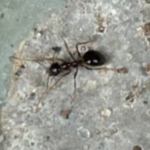 IM P7 #1
IM P7 #1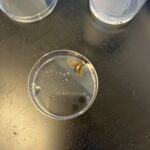 Wolbachia- Moth
Wolbachia- Moth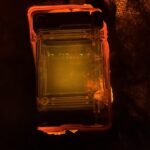 Wolbachia Project
Wolbachia Project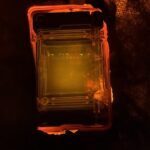 Wolbachia Project
Wolbachia Project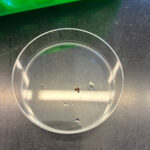 Wolbachia Lab: DNA Extraction
Wolbachia Lab: DNA Extraction